Entry Category: Arts - Starting with H
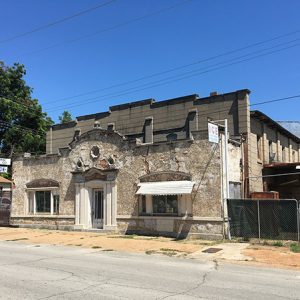 Home Ice Company
Home Ice Company
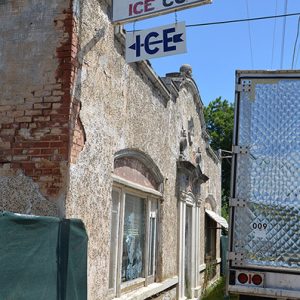 Home Ice Company
Home Ice Company
Hoo-Hoo Monument
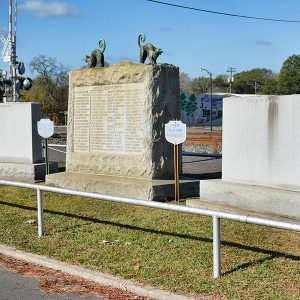 Hoo-Hoo Monument
Hoo-Hoo Monument
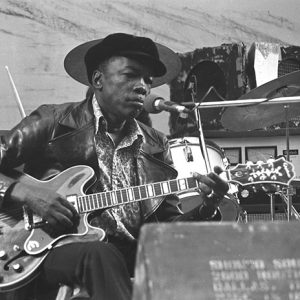 John Lee Hooker
John Lee Hooker
Hope Girl Scout Little House
 Hope Girl Scout Little House
Hope Girl Scout Little House
 Hope Girl Scout Little House
Hope Girl Scout Little House
Horace Estes House
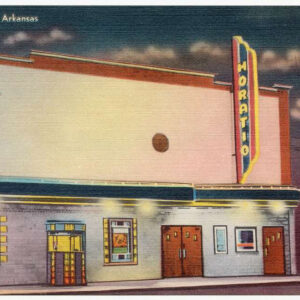 Horatio Theater
Horatio Theater
Horn, Robyn Hutcheson
Hot Spring County Courthouse
Hot Springs Music Festival
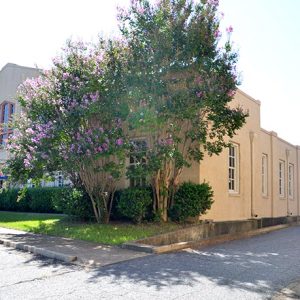 Hot Springs National Guard Armory
Hot Springs National Guard Armory
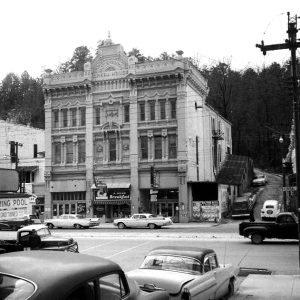 Hot Springs Opera House
Hot Springs Opera House
Hot Springs Railroad Roundhouse
 Hot Springs Railroad Roundhouse
Hot Springs Railroad Roundhouse
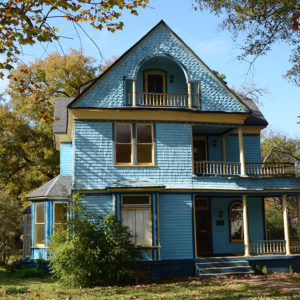 Hotchkiss House
Hotchkiss House
Hotchkiss, Sylvester C.
Hotel Frederica
aka: Hotel Freiderica
aka: Hotel Sam Peck
aka: Legacy Hotel
 Hotel Frederica, 2017
Hotel Frederica, 2017
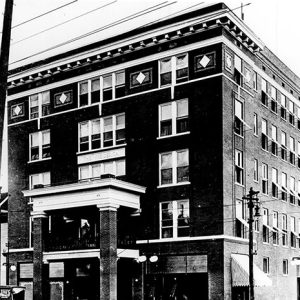 Hotel Frederica
Hotel Frederica
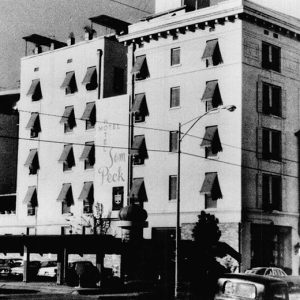 Hotel Sam Peck
Hotel Sam Peck
 Hotel Frederica, 2021
Hotel Frederica, 2021
Hotel Pines
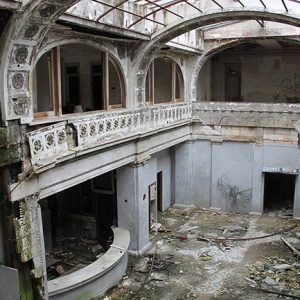 Hotel Pines Lobby
Hotel Pines Lobby
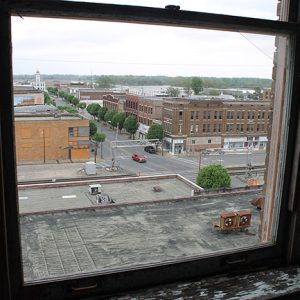 Hotel Pines View
Hotel Pines View
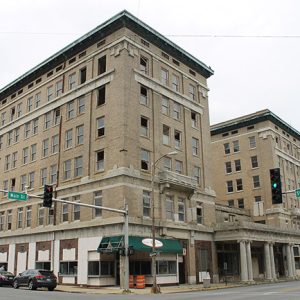 Hotel Pines
Hotel Pines
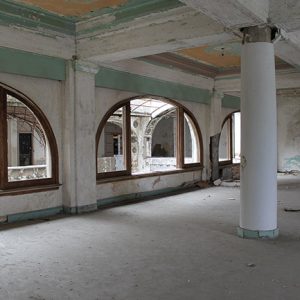 Hotel Pines Ballroom
Hotel Pines Ballroom
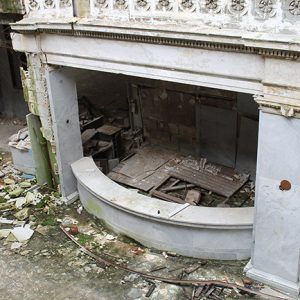 Hotel Pines Front Desk
Hotel Pines Front Desk
Hotze House
 First Hotze House
First Hotze House
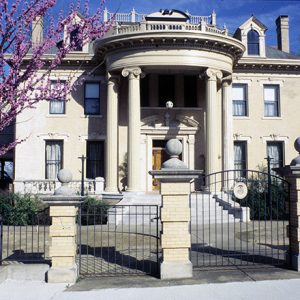 Hotze House
Hotze House
 Hotze House
Hotze House
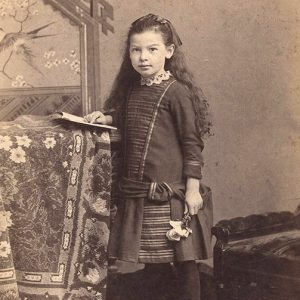 Clara Hotze
Clara Hotze
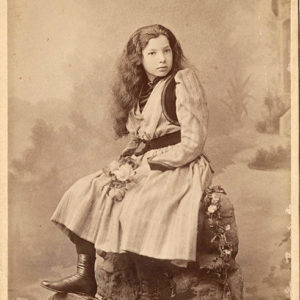 Clara Hotze
Clara Hotze
House at 712 North Mill Street
 House at 712 North Mill Street
House at 712 North Mill Street
 House Chamber
House Chamber
Howard County Courthouse
Howard, John Miller
 Howe Hotel
Howe Hotel
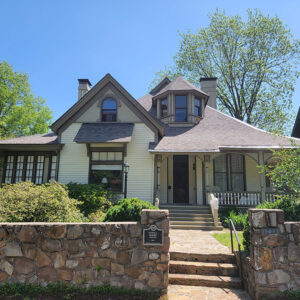 Howell-Morris House
Howell-Morris House
Howlin’ Wolf
aka: Chester Arthur Burnett
Hubert and Ionia Furr House
Hudson-Grace-Borreson House
aka: Hudson-Grace-Pearson House
Hudson-Jones House
 Hudson-Jones House
Hudson-Jones House
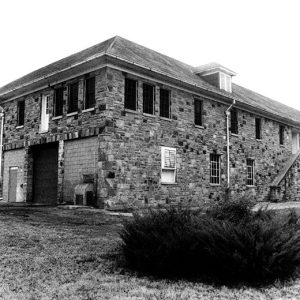 Hughes Hall
Hughes Hall




